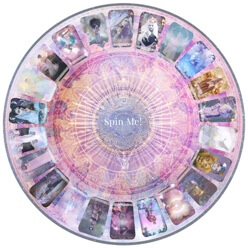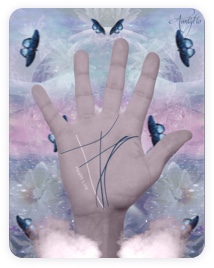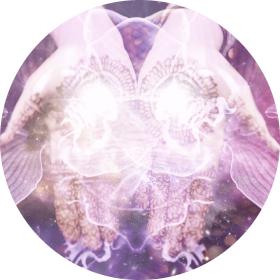Lammas/ Lughnasadh/Lunassa

Uncover hidden spiritual meanings
A pagan Sabbat which takes place on August 1st.
Otherwise known as Lughnasadh to represent the god Lugh is a major Sabbat in the Witches Year that celebrates the warmest time of the year.
The days continue to get shorter but the temperature has reached its peak. Around this time in ancient villages, rural people would start their first harvest at this time. Legend has it that the first harvest is always given over to Lugh in sacrifice in order to represent what you would like to acquire more of.
Often times these sacrifices are burned over a sacred fire which is the closest physical manifestation of God here on Earth. When one gives to the fire for what one is grateful for the Universe recognizes that there is room to receive more. Therefore at this time of year there is a reverence to the sacrifice which one makes because it is a sacred wisdom which has been passed on for ages.
For many generations, livestock and human beings were also sent to be sacrificed because it was hard to say who was going to live through the harsh winters, so as a kind of sympathetic magic they would burn people and things which they wanted more of. They felt that if they didn’t, then they would surely not live through the winter.
Lammas Day
Lammas, which is celebrated between 1st August and 1st September to mark wheat harvest annually and the first harvest festival of the year. It is mostly celebrated in English-speaking countries in the Northern hemisphere. On this day, the people brought bread into the church for them to be blessed and later on using it for magical purposes. The Lammas bread used to be broken into four bits. They were then placed at the four corners of the barn in order to protect the harvested grain.
In parts of England, landlords received presents of freshly harvested wheat to their landlords on or before the first day of August. Sometimes Lammas is normally referred as the feast of the first fruits. And it was these fruits of the feast that were blessed during Lammas. It coincides with the feast of St. Peter in Chains which is commemorated the deliverance of St. Peters from prison; in 1969, the feast of St. Alphonsus Liguori was moved to this particular day too; that is, the day Alphonsus died.
The History of Lammas Day
During ancient days, Lammas day was also referred in Scotland and England as the “Gule August” with the meaning of gule being unclear. It is also thought to have been referred to as Lamb – mass under the undocumented possibility that tenants of the York’s Cathedral dedicated it to St. Peter ad Vancula and everyone was supposed to bring a live lamb to the church because after that season, lambs normally became rare.
Lammas For The Witches
For the witches, Lammas or sometimes referred to as Lughnasadh is a time when the Wiccans celebrate the first harvest of the year and make a recognition that, the summer holidays are almost coming to an end. The spring plants wither in order to give way to new crops from the seed which drop during the withering. This ensures that new crops sprout out. In a normal situation, fruits are ripe enough to be plucked and grains are ready to be harvested. This means that they give thanks to the gods for the good harvest. During the same day, the traditional marriage of the Tailteau and Tailtean are conducted and celebrated, which lasts for one year and one day.
When autumn begins, the Celtic god of the sun enters his old age but doesn’t die. He symbolically loses some of his strength; the nights become longer while the days are shorter because the sun is rising from further south
Other activities that the pagans do during this period include remembering the passing of the summer and remembering its warmth and bounty in a celebrate feast which is shared with Coven or family members. The seeds of the plant or fruit which were consumed during the celebrations are saved so that it shall be planted later on. In case it sprouts, the plant or seed is supposed to be grown with love and care as it symbolizes their connection with the god and the goddess. This is the time for the Wiccans to spend time walking along rivers, lakes, creeks, springs, and ponds, just focusing on the beauty.
We hope you liked this article. Please support us by liking us on Facebook. Thank you in advance.
By Florance Saul
Oct 2, 2012







